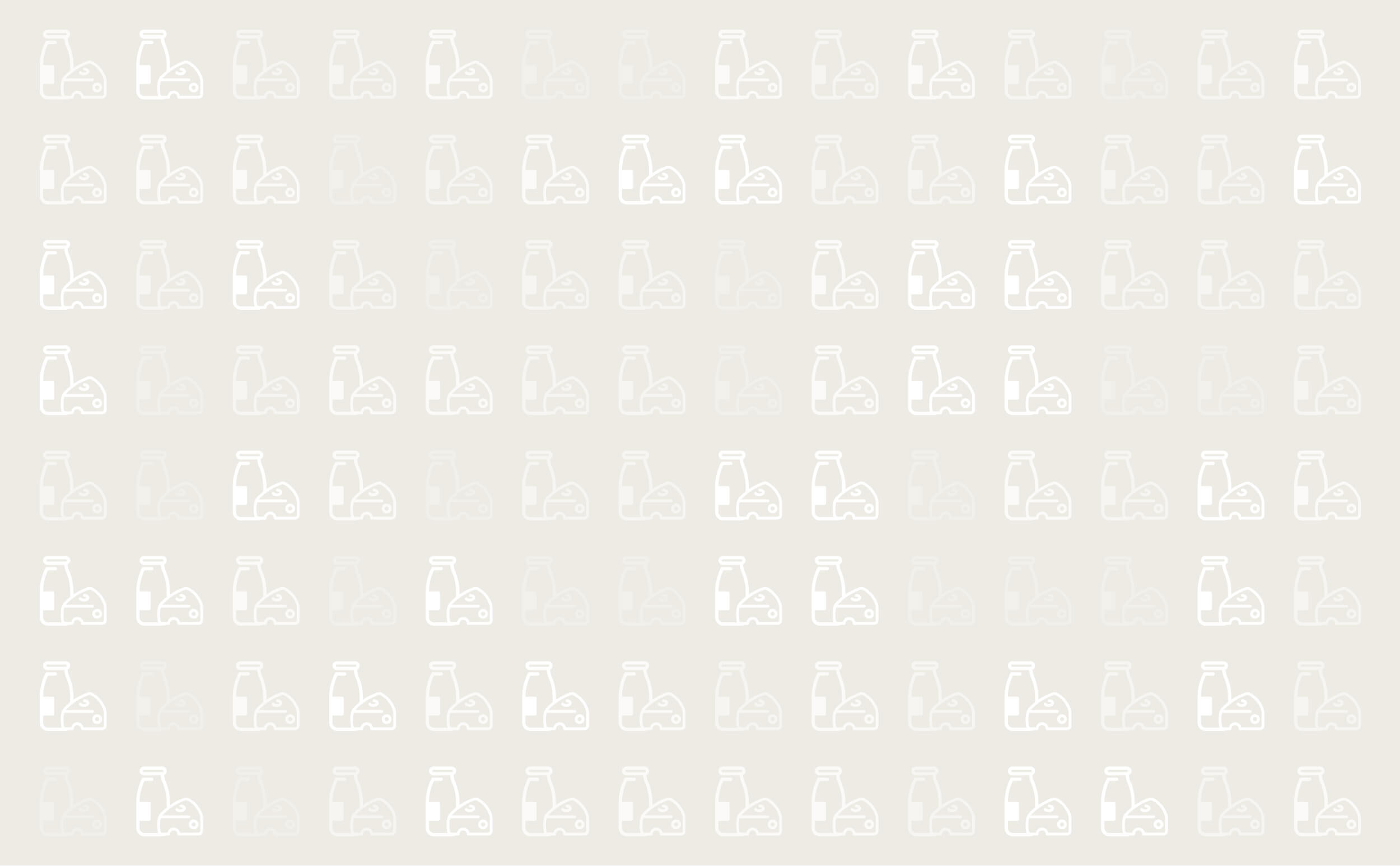



Calf Pneumonia
Cause
Calf pneumonia is a major problem in dairy and beef herds. It is a multifactorial disease, and the most common post-mortem diagnosis in
calves between one to five months of age.
Infectious agents involved include Mannheimia haemolytica, Haemophilus somnus, Infectious Bovine Rhinotracheitis (IBR), bovine Respiratory Syncytial Virus (RSV) and Parainfluenza III Virus (PI3), along with many other bacteria and mycoplasma species and viruses.
Environmental factors include low environmental temperatures and high humidity and poor ventilation and also direct draughts onto calves themselves. The relationship between season and outbreaks may also be related to management practices including calving pattern and mixing of different ages of calves.
There are two types of the disease, acute and chronic.
Symptoms
- Dull and depressed
- High temperature
- Raised breathing due to lung damage
- Nasal discharge
- Coughing
- Reduced food intake
Both forms of the respiratory disease cause production losses as there is a reduction in liveweight gain and there may be deaths in the acute syndrome.
Treatment
Antibiotics, anti-inflammatories or anthelmintics can be prescribed for treatment.
Prevention
It can be difficult to control pneumonia when calves are placed in communal pens. Improved husbandry, ventilation and good nursing care can all reduce risks of pneumonia, as well as ensuring that young animals receive appropriate amounts of colostrum within the first 24 hours of birth.Colostrum: : All calves must have one gallon of colostrum within four to six hours of birth to receive adequate immunity. Calves that are not given enough antibodies at birth are at increased risk for pneumonia and scours throughout the entire growing period. The most important step in any calf health-management programme is a successful colostrum-management programme.
Ventilation: Often if ammonia can be smelled it is a sign of poor ventilation.
Nutrition: Feeding calves inadequately will reduce calf growth and their immune system response.
Vaccination: Vaccines are available to reduce risk of infection, however they must be used alongside an effective management programme.

